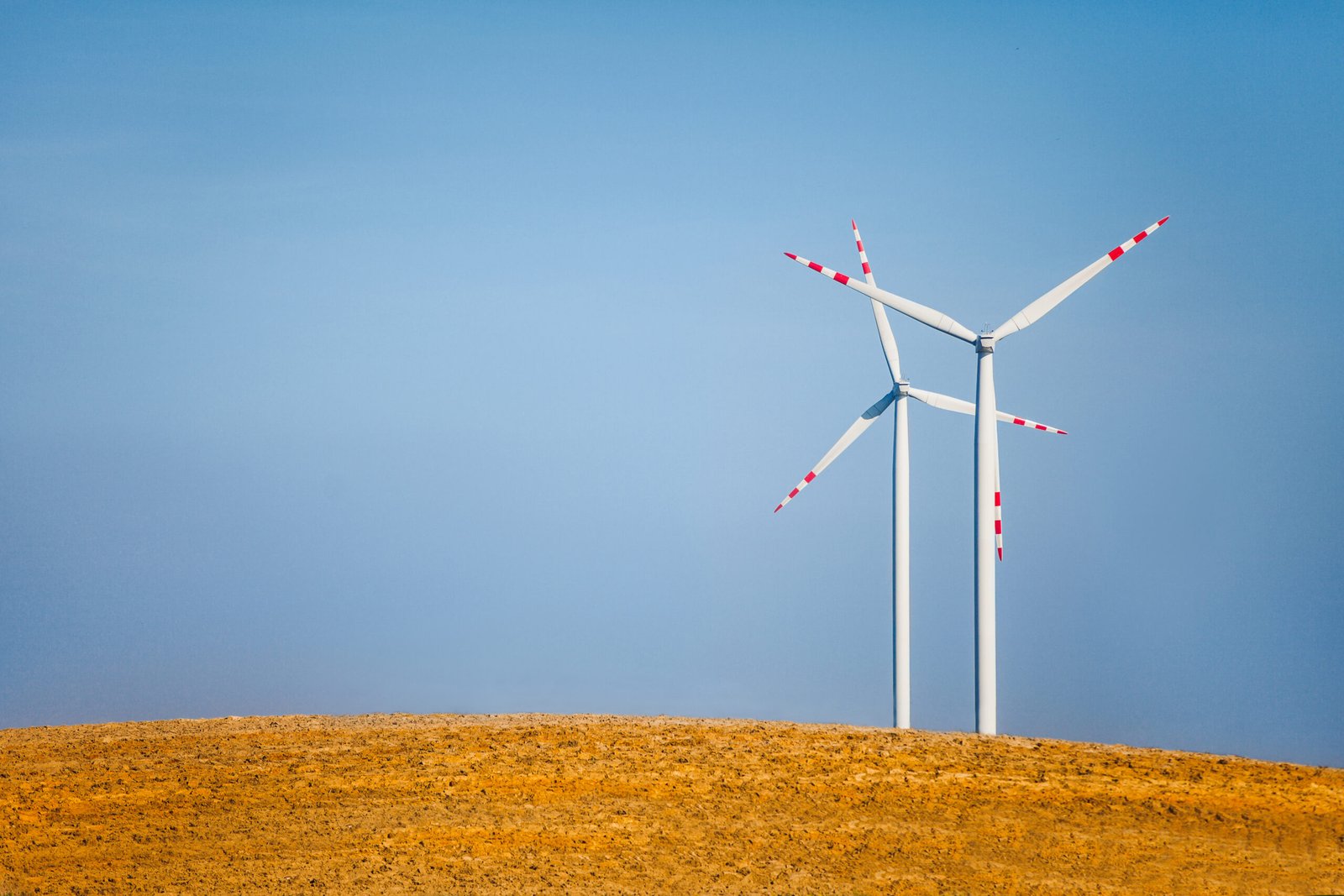Whilst China dominates solar panel manufacturing and Europe leads offshore wind innovation, India has quietly secured its position as the world’s indispensable wind power component supplier. The country doesn’t just manufacture turbines for domestic installations—it exports nacelles, blades, towers, and gearboxes that power wind farms from Europe to Southeast Asia. By 2025, India produces roughly 12% of global nacelles, 10% of blades, 13% of towers, and an impressive 17% of gearboxes driving wind turbines worldwide. This isn’t a temporary advantage built on cheap labour—it reflects decades of manufacturing capacity building, supply chain development, and technological expertise accumulation.
As Western original equipment manufacturers pivot towards serving their home markets, India is positioned to fill expanding export gaps through 2030 and beyond. The country’s domestic wind energy manufacturing base now exceeds 20 gigawatts, with infrastructure producing critical components at scales matching global demand. India’s forecast to reach 107 gigawatts of wind power capacity by 2030 signals both domestic ambition and export potential, cementing its role in renewable energy supply chains as nations accelerate their fossil fuel exit strategies.
Manufacturing Muscle: Building the Components That Power Global Wind
India’s wind energy manufacturing infrastructure produces nacelles, blades, towers, and gearboxes at industrial scales, serving both domestic installations and international exports. This manufacturing capacity didn’t emerge overnight—it represents sustained investment in specialised facilities, skilled workforce development, and supply chain integration over two decades. The production figures underscore India’s global significance. Delivering 12% of worldwide nacelles means Indian factories assemble the housing units containing generators, gearboxes, and control systems for turbines spinning across continents. Contributing 17% of global gearboxes positions India as the world’s largest supplier of these precision-engineered components, translating blade rotation into electrical generation.
International contracts awarded to Indian companies confirm export competitiveness, backed by skilled labour and advanced technological capabilities. European wind farms increasingly feature Indian-manufactured components, whilst Southeast Asian renewable energy projects depend heavily on Indian supply chains for cost-effective, reliable equipment. Indian and Chinese manufacturers are planning significant expansions, reflecting changing market dynamics where Western original equipment manufacturers concentrate on core markets. This strategic retreat creates opportunities for Indian exporters to capture greater market share in regions prioritising affordability without sacrificing quality or performance.
The International Energy Agency projects India anchoring the global wind power supply chain into the next decade—recognising manufacturing capabilities, competitive pricing, and consistent quality standards. Major domestic players like Suzlon, Inox Wind, and Vestas India continue investing in production capacity expansion, developing advanced energy storage systems, and smart grid technologies that diversify export portfolios beyond traditional turbine components.
Policy Support: Government Frameworks Driving Wind Energy Growth
India’s wind energy prominence stems significantly from progressive government policies creating stable investment climates and competitive market structures. The Ministry of New and Renewable Energy offers fiscal incentives, accelerated depreciation schedules, concessional customs duties for wind generator components, and technical support through the National Institute of Wind Energy. Wind Renewable Purchase Obligations ensure distribution licensees procure wind power through competitive mechanisms, guaranteeing demand for both domestic installations and component manufacturing. These obligations create predictable markets that justify substantial manufacturing investments.
Waiver of Inter-State Transmission System charges for projects commissioned until June 2025 boosts cross-state wind power trading, improving project economics and encouraging capacity additions. This policy removes transmission cost barriers that previously limited wind farm viability in resource-rich but demand-poor regions.

Tariff-based competitive bidding for grid-connected wind projects standardises procurement processes and enhances transparency, attracting private capital and global collaboration. Competitive auctions drive down costs whilst maintaining quality standards, benefiting both domestic consumers and export competitiveness. These coordinated policy interventions have transformed India’s wind sector from subsidy-dependent to commercially viable, inviting sustained private investment and international partnerships. The stable regulatory framework reduces investment risks that deter capital in less predictable markets.
Capacity Expansion and Innovation Leadership
India’s overall renewable energy installed capacity reached 247.3 gigawatts in September 2025, with wind contributing 21%—a substantial proportion demonstrating sector maturity. During the first nine months of 2025 alone, India added a record 34.4 gigawatts of solar and wind capacity, representing a 71% surge over the previous year. This explosive growth reflects both policy effectiveness and improving project economics as component costs decline and financing becomes more accessible. Investment in offshore wind projects along the Gujarat and Tamil Nadu coasts promises to accelerate capacity additions, with offshore installations offering higher capacity factors than traditional onshore turbines.
Next-generation turbine designs, incorporating larger rotor diameters, taller towers, and advanced materials, improve energy capture whilst reducing levelised costs. Indian manufacturers are adopting these innovations, ensuring export products remain competitive against international alternatives. Digital energy management systems integrating artificial intelligence for predictive maintenance, performance optimisation, and grid integration represent the sector’s technological frontier. Indian companies developing these capabilities position themselves as comprehensive solution providers rather than mere component suppliers.
The government’s ambitious target of 500 gigawatts from non-fossil fuel sources by 2030 requires sustained wind capacity additions, driving both domestic installations and component manufacturing supporting global markets. This virtuous cycle strengthens India’s export position whilst advancing domestic decarbonisation objectives. India’s evolution into a global wind power export hub combines manufacturing prowess, innovative policy frameworks, and cutting-edge technology adoption. As worldwide renewable energy acceleration continues, India’s robust supply networks and expanding capacity keep it at the forefront of sustainable energy solutions—driving domestic growth whilst powering international progress. The country has transformed from a renewable energy laggard to an indispensable global supplier, demonstrating how strategic industrial policy, sustained investment, and technological capability development can capture leadership in critical emerging sectors.
